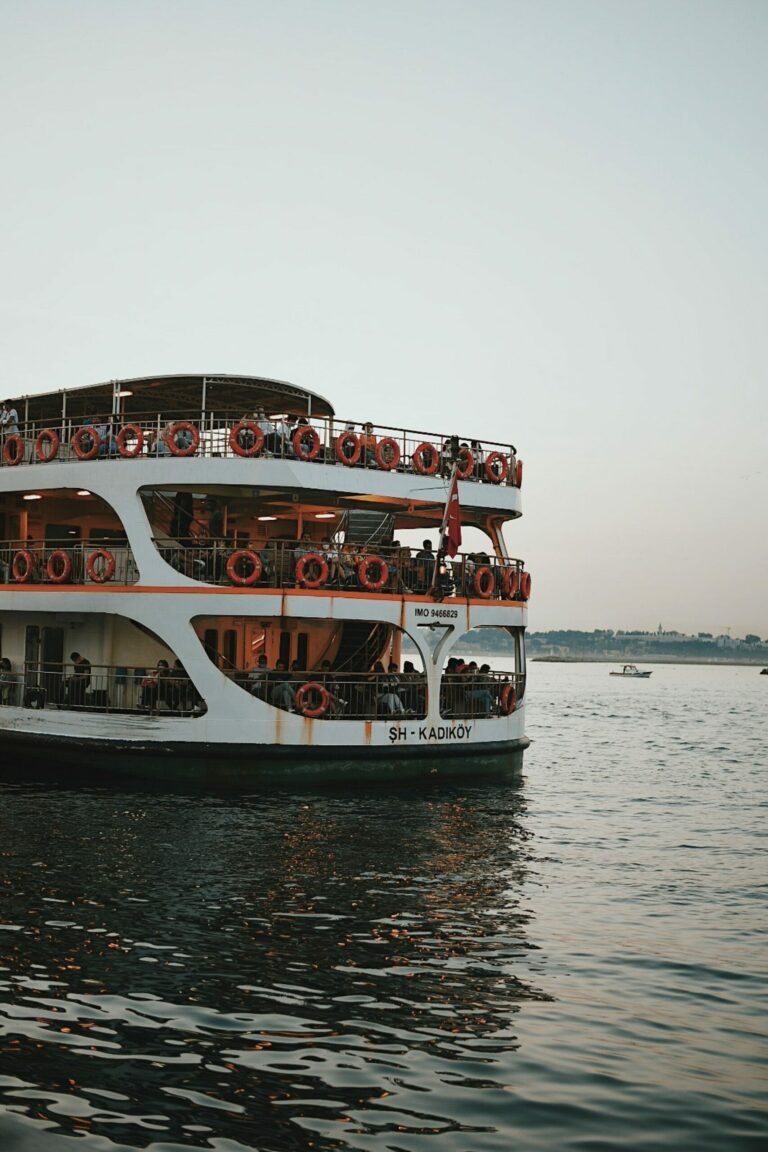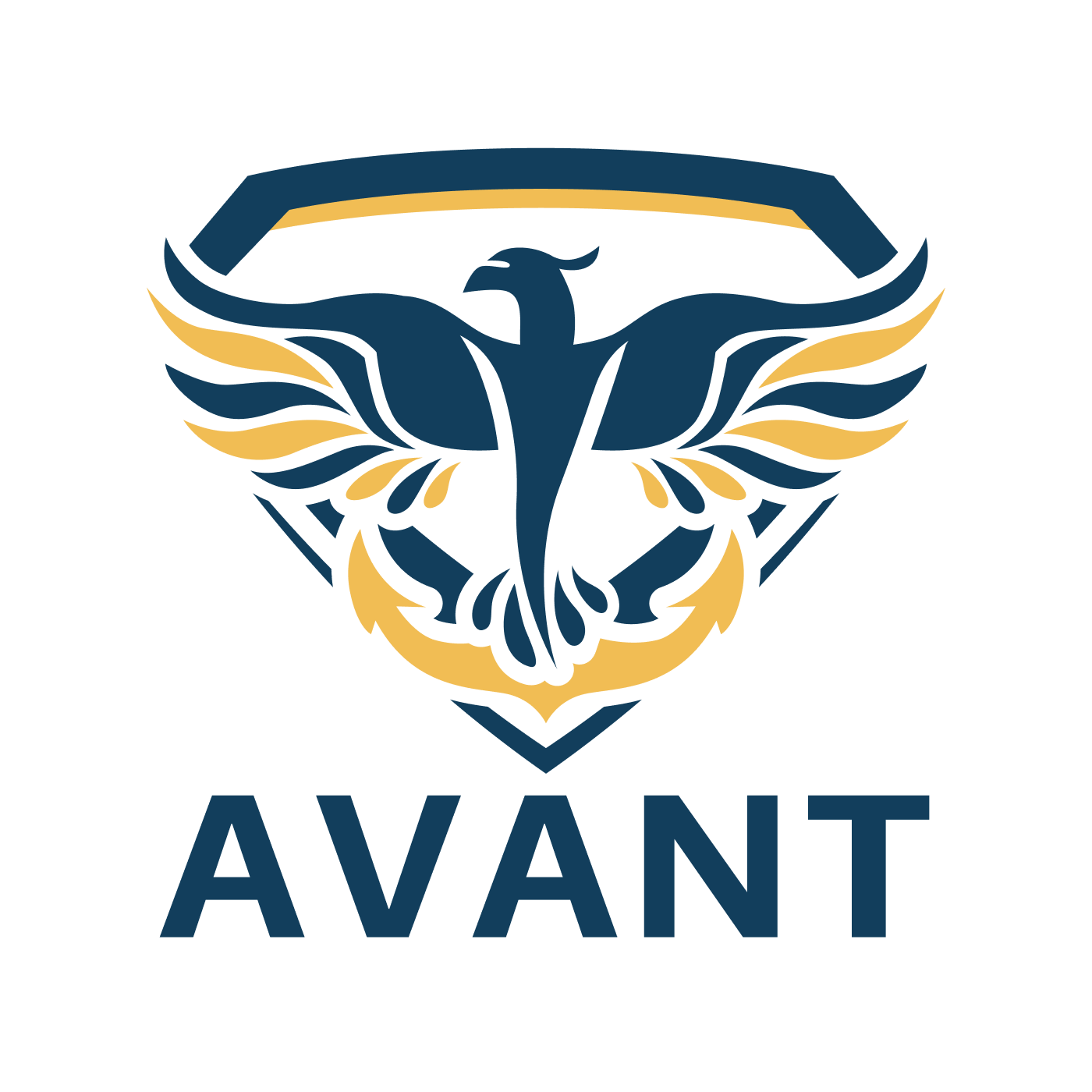The importance of safety at sea cannot be overemphasized. It plays a key role in ensuring the safety of seafarers’ lives and health, as well as the protection of the environment and ships. In this article, we look at some key principles and practices that promote ship and crew safety.
Training and preparation
Training and education are key components of maritime safety. They serve not only to prepare seafarers for their duties, but also to ensure the safety of the crew, the ship and the environment.
- Core training
Basic maritime safety training often includes training in first aid, fire safety, evacuation procedures and survival at sea. This training provides the basic skills and knowledge needed to function on the vessel and in the event of emergencies.
- Specialized training
Depending on their role and responsibilities on board, seafarers may require specialized training. This may include technical training, dangerous goods safety training, fire safety training, ship management training and more.
- Emergency training
Emergency training helps mariners prepare to respond to a variety of emergency scenarios. This may include training in firefighting, search and rescue, extreme environment management, etc.
- Continuous updating of skills
Training and education is not limited to a one-time course. Regular drills and exercises help to update skills and knowledge and adapt to new technologies and practices.
- Occupational Safety and Health (OSHA) training
This training enables seafarers to know and understand the risks associated with their work and learn how to minimize them.
Safety procedures
There are certain safety standards and procedures that should be followed on board ship. This may include rules on the use of personal protective equipment (PPE), following clear procedures when handling dangerous equipment, and performing regular equipment inspections and maintenance.
Safety systems
Modern ships are equipped with a variety of safety systems to help prevent accidents and keep the crew safe in case of emergencies. They include several components, including safety procedures, equipment and technology, and safety management systems.
- Safety procedures
Safety procedures are a set of guidelines that define how certain situations should be handled. They cover a wide range of scenarios, including normal operations, emergencies, and evacuation procedures. These procedures are often documented in safety manuals and should be well known to all crew members.
- Equipment and Technology
Vessels are equipped with a variety of safety equipment and technology, including fire detection systems, lifesaving equipment (such as lifeboats and lifejackets), navigation and communication systems, and rollover and flood protection systems.
- Safety Management Systems (SMS)
SMS are a holistic approach to safety management on ships. They provide a structure for identifying and managing risks, performing incident monitoring and analysis, crew education and training, and regularly reviewing and improving safety measures.
- Automatic Identification System (AIS) technologies
AIS helps improve maritime safety by allowing vessels to automatically exchange information such as identification number, position, course and speed. This helps prevent collisions at sea.
- Safety and certification requirements
International and national regulators set safety requirements that all vessels must comply with. This can include mandatory equipment certification, crew training requirements and regular vessel safety inspections.
These components work together to create a holistic maritime safety system capable of responding to a wide range of potential risks and emergencies.
Safety culture
A maritime safety culture also plays an important role. It ensures that all team members take safety seriously, follow policies and procedures, and participate in improving safety on board. A safety culture requires continuous attention and effort from all team members.
Regulations and international standards
There are numerous international standards and regulations that govern maritime safety, including the International Safety Management Code (ISM Code) and the Safety of Life at Sea Convention (SOLAS). These documents define the minimum safety standards that ships and their crews must meet.
Safety at sea is a complex and multidimensional issue that requires constant attention and effort. However, through proper training, adherence to safety procedures, use of modern safety systems, safety culture on board and compliance with international standards and regulations, it is possible to ensure the safety of ships and their crews.
At the AVANT Seafarer Training Center, we believe in the importance of training and education of seafarers to ensure safety at sea.
Learn more about our training programs and courses by phone +38 (048) 701-37-60 or by contacting us by mail: [email protected].


